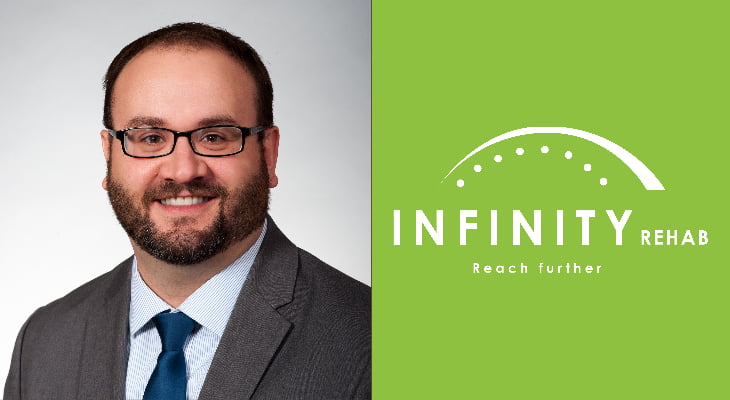Five key questions for healthcare leaders
The healthcare industry is in constant transition. Transition requires movement, and movement requires direction. As practitioners in a dynamic sector like health care, it becomes easy for managers making decisions to spread energy in multiple directions, create a feeling of progress without any results. Effective leaders can make a significant difference in these moments.
Clinicians are primed to be effective leaders. Our education trains us to think problems through and find the root cause. We spend a lot of time interacting with people. We practice communication constantly. We judge our impact by how often our patients take our advice. Any person in a position of influence has the potential to lead. But potential is just that – the precursor to a great thing, yet short of realizing success.
When it comes to managing people, there are many similarities between a “manager” and a “leader.” Both are a position of authority. Both are charged to accomplish goals. Both are responsible for producing results. But how do you make the leap? How do you turn potential into success? How do you go from managing to leading?
Five Key Questions: Are you a Leader or a Manager?
1) What type of authority do you use?
Most organizations have a structure to guide decision-making and explain reporting responsibilities, usually arranged in some type of hierarchy. The most common hierarchy is known as an organizational chart, or “org chart.” Org charts demonstrate relationships, often in boxes, lines and arrows aligned to reflect responsibility.
Managers consider the org chart a roadmap for decisions. People higher on the org chart have formal authority over those under them. Managers look up the org chart to see their boss, and down the chart at their subordinates. Managers expect their subordinates to follow their directions because they hold formal authority over them. When work tasks cross departments, they stop when their part is done and wait for the others to finish – it’s someone else’s problem.
Leaders see the org chart as more of a menu than a map. They understand the formal authority of the position they hold and respect the authority of those above them. But they understand that sometimes they may need to get work done that involves people outside their chain of command. When this need arises, they must rely on conversation and discussion to make their case for action. This creates an opportunity to build informal authority among peers.
2) How do you get your work done?
Authority is about power, and power comes from imbalances in a relationship. In an organization these power relationships exist in the org chart – the higher you are, the more power you have.
Managers use their position of formal authority to direct the relationships of those under them in a “do as I say” style. Managers hold power over others and they use that power to drive action. If a subordinate fails to come through, the manager reacts and consequences kick in. There is no course for reconsideration because the power only flows in one direction – out from the manager.
Leaders work through the power they hold among others. They may hold formal authority in a particular situation, but they do not rely on it. Leaders seek feedback and input from many different sources, leading to decisions that often arise through consensus opinion. Even when a leader needs to make an unpopular decision for the good of a group, the leader’s “do as I do” approach helps action move forward.
3) What tools do you use in your work?
Managers use the organizational structure itself as a primary tool to accomplish work. They wait to receive instruction from above and then dictate down. They use the control given to them by the organization to guarantee the work will get done. When a manager isn’t careful, control can trickle beyond healthy boundaries into “micromanager” territory, where others who should hold control in a situation have their authority undermined, often causing tension and distrust within a team.
Leaders believe that Influence is control’s smarter sibling. Leaders work to gain buy-in and seek consensus even when they hold formal authority. They see connections between individuals in an org chart where no lines or arrows exist. They are often good listeners, so others in the organization seek them out for advice. This access to information, paired with their expanded view of the org chart, allows leaders to connect individuals across the org chart to create impressive results.
4) How do you hold others accountable?
A manager relies on their control & authority to assure compliance. A system of rewards and punishments may be used to drive behavior. Fear is often the underlying driver for compliance. When a decision isn’t openly received by subordinates, managers may paint a picture of dire circumstances if the decision is not carried out. Even well-intentioned managers can come off as callous or uncaring when fear is used as the primary motivator for action.
Leaders know when they have buy-in and when they do not. They work hard to get others to see why a task is important and needs to be done. When a leader faces unexpected resistance, she starts asking questions rather than giving more answers. This extensive groundwork builds respect among individuals in relationship within the group. Over time, a deep trust in the leader may develop, further adding to the respect they garner.
5) What kind of results do you produce?
Managers look for immediate results. Give a stimulus, get a response. They thrive on more doing. Today’s outcomes are good for today. Managers often deal with tomorrow when it arrives. If it means redoing what was done today then so be it, as long as results happened today. Managers excel at short-term wins.
Leaders look for lasting results as a sign of success. They see how decisions link together, and how consistency in an approach can save work down the road. Leaders seek answers to problems that will hold over time. To some degree, leaders view life as one really long day. The actions taken today greatly impact tomorrow, and tomorrow’s decisions affect what follows. Leaders are able to deliver long-term results because that was their aim from the beginning.
I know what you’re thinking – can you be both a leader and a manager? Absolutely. Both roles are important and capable of high degrees of success in the right circumstance. Each role requires different skills and is appropriate for different tasks. The most successful leaders know how to blend the two perspectives as the situation requires. The trouble comes when the two roles are considered one in the same.
To be clear, there is a difference between being a manager and a leader. I am not the first to make this argument. We can each recall an experience or two when we’ve witnessed a supervisor who is managing in a time in need of leadership. We know these moments because they just don’t feel right. They feel like a missed opportunity. It matters how a manager acts in these situations. Why? It’s all about time and energy.
The overarching benefits of a leader’s approach are primarily found in the aspect of time. When employees transfer or a company restructures, formal relationships fall apart while informal ones last. Gaining power through influence builds buy-in faster and with more long-term results, with less energy needed overall.
Science plays a role too. Pressure and fear stimulate the amygdala, the place in our brain that regulates emotions. When we act from this place, we make poor decisions and form destructive memories. This is simply a waste of both time and energy, and no manager can afford to waste either. It’s just not good management.
Health care practitioners have a unique opportunity to lead others every day. It takes discipline & intention, but it can be done. Start by asking others to do only what you would do yourself. This increases trust in you, and your consistent approach over time will earn you respect. As that respect spreads among your peers, your influence grows. A manager who learns how to lead through influence will become an unstoppable source of lasting results in our dynamic health care environment.
________________________________________________________________
Derek Fenwick, PT, MBA, GCS is a physical therapist and board-certified geriatric clinical specialist. He develops leaders in healthcare as the Director of Professional Development at Infinity Rehab. Find him on LinkedIn and on Twitter @DerekFenwickPT.






